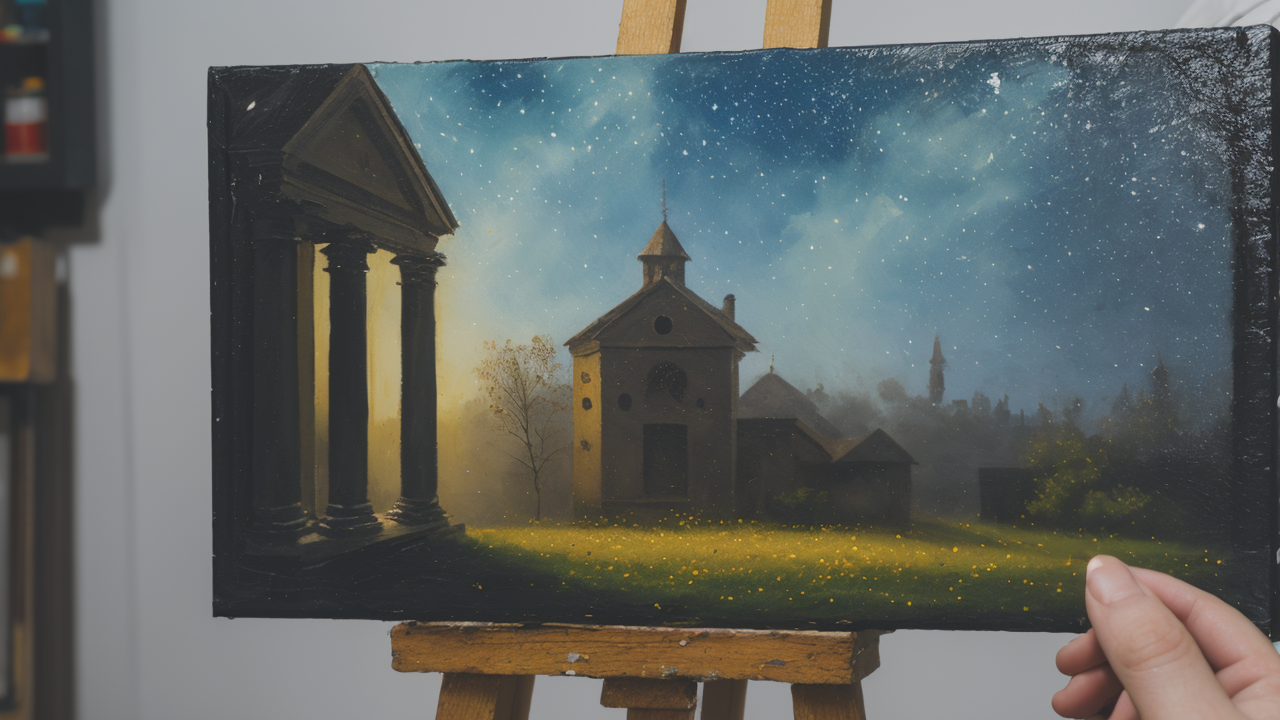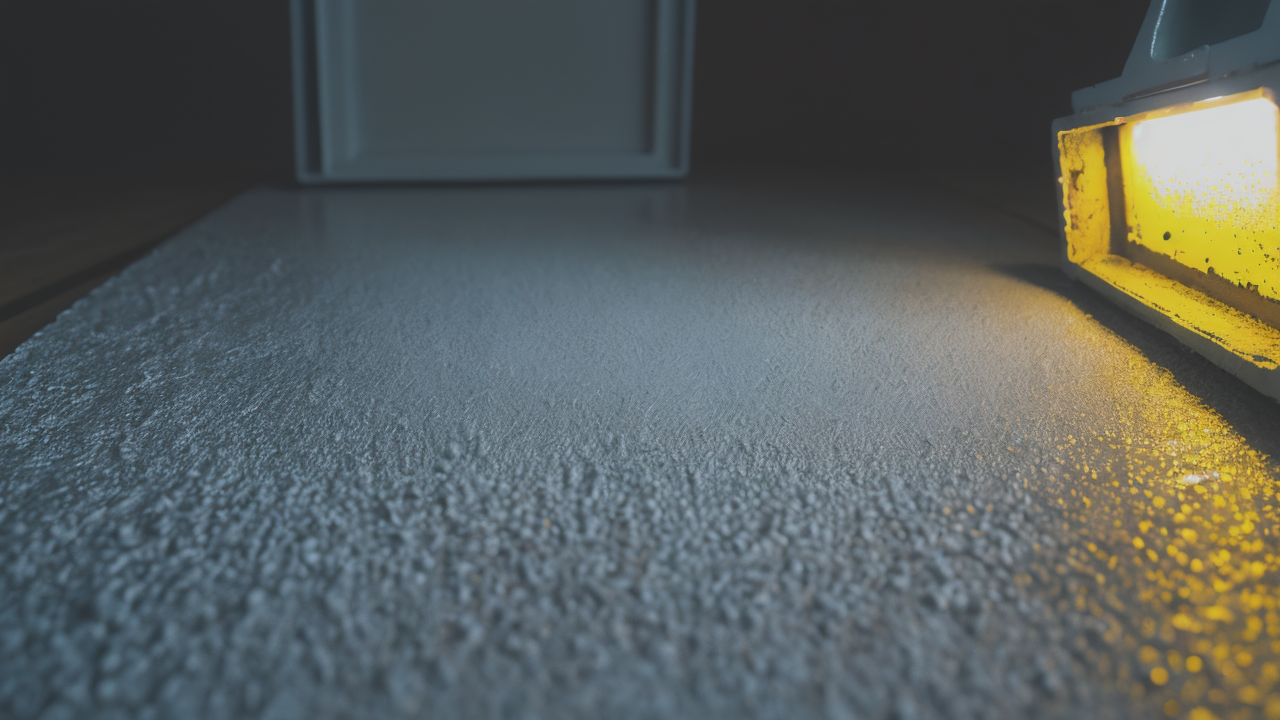
Unleashing Creativity: Tips for Creating Colorful Abstract Paintings in the U.S. Art Scene
Understanding Oil Painting: An Introduction
The Origins of Oil Painting
Oil painting has a rich history dating back to ancient times. It became popular in Europe during the 15th century. Artists loved it for its slow drying time and vibrant colors. Early painters mixed pigments with various oils to create their paints. They found that linseed oil worked best for most colors. The technique spread across Europe and became the main painting method for centuries. Famous artists like Leonardo da Vinci and Rembrandt used oil paints. They created masterpieces that still amaze us today. Oil painting allowed for more detail and realism than earlier methods. It changed the way artists could express themselves on canvas.

Key Characteristics of Oil Painting Techniques
Oil painting has unique features that make it special. The paint dries slowly, which allows for blending and layering. This creates smooth color transitions and depth in artwork. Oil paints offer rich, vibrant colors that last a long time. Artists can create various textures, from thin glazes to thick, raised strokes. They can work wet-on-wet or let layers dry between applications. These techniques give oil paintings their distinctive look and feel. Oil paints are also flexible, allowing artists to make changes as they work. The ability to build up layers helps create complex, detailed images. This versatility makes oil painting a favorite among many artists.
Essential Tools for Oil Painting
To start oil painting, you need some basic tools:
- Oil paints in various colors
- Brushes of different sizes and shapes
- A palette for mixing colors
- Canvas or wooden panel to paint on
- An easel to hold your work
- Palette knife for mixing and applying paint
- Linseed oil or turpentine to thin paints
- Rags or paper towels for cleaning
These tools form the core of your oil painting kit. As you grow as an artist, you may add more items. Each tool plays a role in creating your artwork. Good quality tools can make painting easier and more enjoyable. It's worth investing in the best supplies you can afford.
Maximizing the Potential of Oil Painting in Your Art Practice
Exploring the Versatility of Oil Painting
Oil painting offers endless possibilities for creativity. You can make thin, see-through layers or thick, textured strokes. The paints blend well, letting you create smooth color changes. This works for both realistic and abstract art. Because oil paints dry slowly, you can work on a painting for a long time. This allows you to refine your work and add many layers of color. Oil paints work on different surfaces like canvas, wood, or even metal. Try various techniques to find your unique style. You can paint landscapes, portraits, still lifes, or abstract designs with oils. The medium's flexibility lets you express your ideas in many ways.

Step-by-Step Guide to Preparing Your Canvas
- Choose your canvas: Decide between pre-primed or raw canvas.
- If using raw canvas, apply gesso in thin layers.
- Sand between gesso layers for a smooth surface.
- Let the gesso dry completely before painting.
- Sketch your design lightly with charcoal or pencil.
- Apply a thin layer of paint to tone the canvas.
- Let the toned layer dry before starting your main painting.
These steps help create a good base for your oil painting. A well-prepared canvas makes your artwork last longer and look better. Taking time to prepare your surface properly will improve your final result.
Innovative Techniques for Oil Painting
- Impasto: Apply thick layers of paint for texture.
- Glazing: Use thin, clear layers to create a glowing effect.
- Scumbling: Lightly drag a dry brush over dry paint for texture.
- Wet-on-wet: Blend colors directly on the canvas.
- Sgraffito: Scratch through wet paint to reveal colors underneath.
- Palette knife painting: Use a knife instead of brushes for bold strokes.
Try these techniques to add unique elements to your paintings. Each one can create different effects and textures in your art. Experimenting with these methods can help you develop your personal style. Don't be afraid to mix techniques to create something new and exciting.
The Role of Oil Painting in Contemporary Art
Influential Oil Painting Movements in the United States
Oil painting continues to evolve in American art. Abstract Expressionism, led by artists like Jackson Pollock, changed how people used oil paints. They made large paintings with expressive brush strokes. Pop Art, with artists like Andy Warhol, brought everyday images into fine art. They often used oil paints to create these works. Contemporary Realism pushes the limits of realistic painting. Artists like Chuck Close make incredibly detailed portraits with oils. These movements show that oil painting is still important in modern art. They prove that artists keep finding new ways to use this traditional medium. Each movement has added to the rich history of oil painting in America.

How Oil Painting is Shaping Modern Art Galleries and Exhibits
Oil paintings are still a big part of modern art galleries and shows. Many current artists choose oils because they last long and look rich. Galleries often show large oil paintings that grab attention in big spaces. The texture and depth of oil paintings create experiences that draw viewers in. Museums give lots of space to both old and new oil paintings. This shows how important oil painting still is in the art world. Oil paintings also tend to keep their value well. This makes them attractive to art collectors and investors. As a result, oil paintings continue to play a big role in shaping modern art scenes. They remain a staple in galleries and museums across the country.
Integrating Oil Painting into Your Digital Art Strategy
In today's digital world, oil painting can work well with digital art. Many artists mix traditional oil methods with digital tools. You can scan your oil paintings to make high-quality digital copies. These can be shared online or used in digital projects. Some artists start with digital sketches before painting with oils. Others use digital tools to plan colors or layouts for their oil works. Oil painting techniques can inspire digital brushes in software like Photoshop. By mixing old and new methods, you can create unique art that appeals to many people. This blend of styles can help you reach both traditional and digital art fans. It's a great way to expand your artistic skills and audience.


